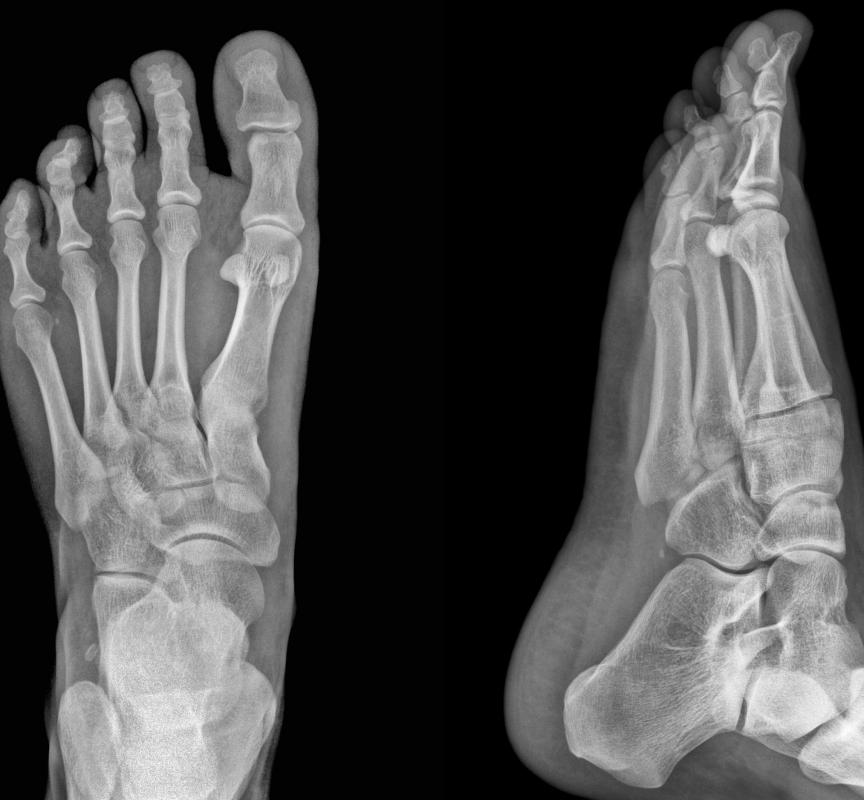At WiseGEEK, we're committed to delivering accurate, trustworthy information. Our expert-authored content is rigorously fact-checked and sourced from credible authorities. Discover how we uphold the highest standards in providing you with reliable knowledge.
What is Gait Training?
Gait training is a process in which someone is trained to walk. It may be used to help someone learn to walk again after an injury or to assist a person with disabilities who has not learned to walk safely and comfortably. Rehabilitation specialists are usually in charge of providing gait training, often at the recommendation or referral of a regular physician or surgeon who would like to provide a patient with tools for recovery.
The first step in gait training is a comprehensive review of the patient's medical history, followed by an evaluation with the patient. If the patient can walk, the patient is encouraged to do so while the rehabilitation specialist takes note of how the patient moves. Patient and therapist also talk together about the goal of the therapy and other types of therapy which the patient may be attending. During this process, the therapist learns more about what makes the patient tick, so that this information can be applied to working smoothly with the patient in therapy sessions.

The therapist breaks down problems with the patient's gait and develops a therapy program for addressing them. If a patient cannot walk at all, the rehabilitation specialist will start from the very beginning with teaching the patient how to walk. This process involves remapping the patient's brain and body together, with a series of exercises. Patients who are already walking may need to relearn the process in order to do so safely, as some people pick up coping habits to deal with injury which lead to an unsteady gait.

Early gait training is usually done with assistive devices like parallel bars. This is done to provide support for the patient so that he or she can walk safely. As the patient grows more independent and confident, assistive devices can be scaled back; a patient might graduate to a cane, for example. The goal of the training depends on the extent of the patient's injuries. An elderly stroke victim, for example, may always require a walker for stability, while a younger amputee may successfully walk on a prosthesis after gait training.

This process can take weeks or months, depending on how well a patient progresses. It is not uncommon for patients to experience periodic plateaus and setbacks in physical therapy sessions like those used for gait training. Being able to work through these and developing a routine which adds variation so that patients do not become frustrated is critical.
AS FEATURED ON:
AS FEATURED ON:















Discussion Comments
Gait training physical therapy can be incredibly frustrating. My father worked with athletes who had to rehabilitate after injuries and invariably he was having to be a counselor as well as a physiotherapist.
At one point he was doing the same thing for his own father after he had a stroke. It was quite heart breaking. Because you expect the muscles to work in the same way, but they don't and having such a basic thing continue to go wrong over and over can just be so difficult to bear.
When it is a stroke victim and they are having to work on other issues as well, it can be quite overwhelming.
But don't give up hope. Eventually you or your loved one will get better.
Gait training is also a term used in horse riding I think. We learned a little bit about it when I took some horse riding lessons a few years ago.
A lot of horse competitions depend on the horse having the right gait, as the judges play careful attention to when they switch around their leading leg and so forth. Also, some carriage horses need to step out quite a bit in order to get the classic look.
So people use gait training techniques for horses, like putting bits of wood at the proper distance apart and making the horse ride over it.
They have to lengthen their stride in order to put their foot down squarely.
Post your comments